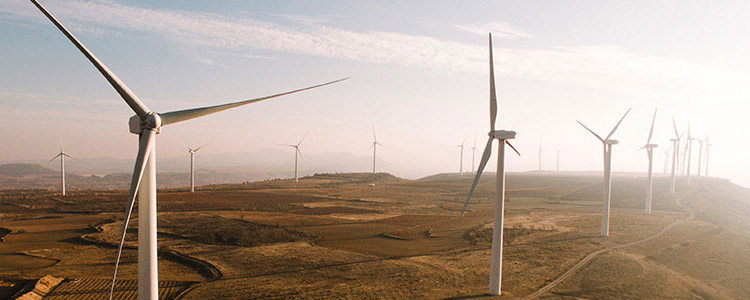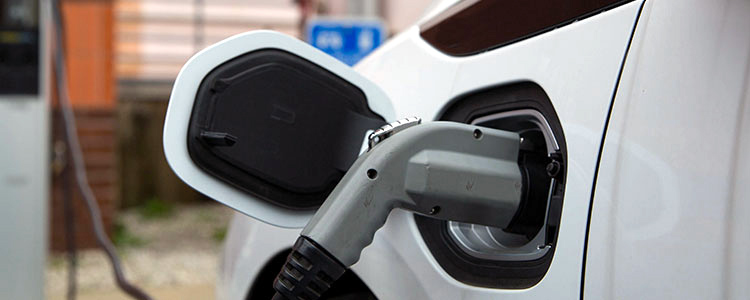
What if we could bring not only energy but affordable energy, to the parts of the world that needed it most? It’s a question that’s often been asked about the developing world, where power grids are still in their adolescence. As a result, blackouts, brownouts, and dangerous energy shortages are natural byproducts of an inability to store power and regulate its use during peak demand hours. The core of the problem being faced is energy storage technology: there aren’t economically viable batteries available to supplement the existing power grid infrastructure.

Elsewhere, another industry has a problem of its own. Electric Vehicles (EVs) are considered the future of transportation as a green alternative to combustion engines and fossil fuels. But EVs also have an Achilles heel: what to do with a half-ton battery when it can no longer hold a big enough charge to power the vehicle? The best answer currently is recycling the battery to recover raw materials, but this is costly, unregulated, and lacks a clearly-defined supply chain. As such, the Institute for Energy Research expects that by 2025, the world will have accumulated more than 3.4 million discarded EV batteries.

To achieve better energy storage technology, the world needs a better battery, and Analog Devices has been making important strides in delivering the electronics to enable one. The breakthroughs can be traced back to our improvements in battery management systems (BMS). Building on our leadership in wired BMS, we have recently developed a groundbreaking wireless BMS (wBMS) technology, that eliminates the need for the battery wire harness. Wireless battery management systems provide an ideal path for OEMs to scale up the electric vehicle fleets, enabling a flexible and reusable platform that saves costs, while providing data that lead the life of the battery cell modules into their second life.
Together, these advancements are making battery second-life applications (like energy storage systems or ESS) more feasible energy storage technology than ever before. ESS allows renewable energy sources (wind turbines, solar panels, etc.) to capture energy, store it, and support the grid during peak operation. This implementation is further improved by the robust data-collection capabilities of our wBMS sensors. Before a battery is repurposed, the seller can use that data to generate a state-of-health history: how many times did the EV owner completely or partially charge and discharge the battery; was the EV ever in an accident; what do the vehicle’s maintenance records indicate? Such granular health monitoring can also be applied in places where data has been logistically impossible to collect.
In the end, Analog Devices has helped answer two massive, global energy questions with a single, better battery. It’s now within reach to repurpose EV batteries to store sustainable power in the developing world, a fact that also makes EVs themselves more economically viable. To us, it’s just another mile marker on our continuing journey to power the breakthroughs that make human life better.





